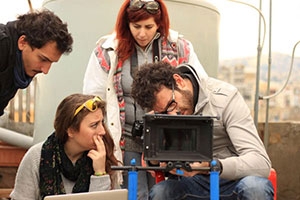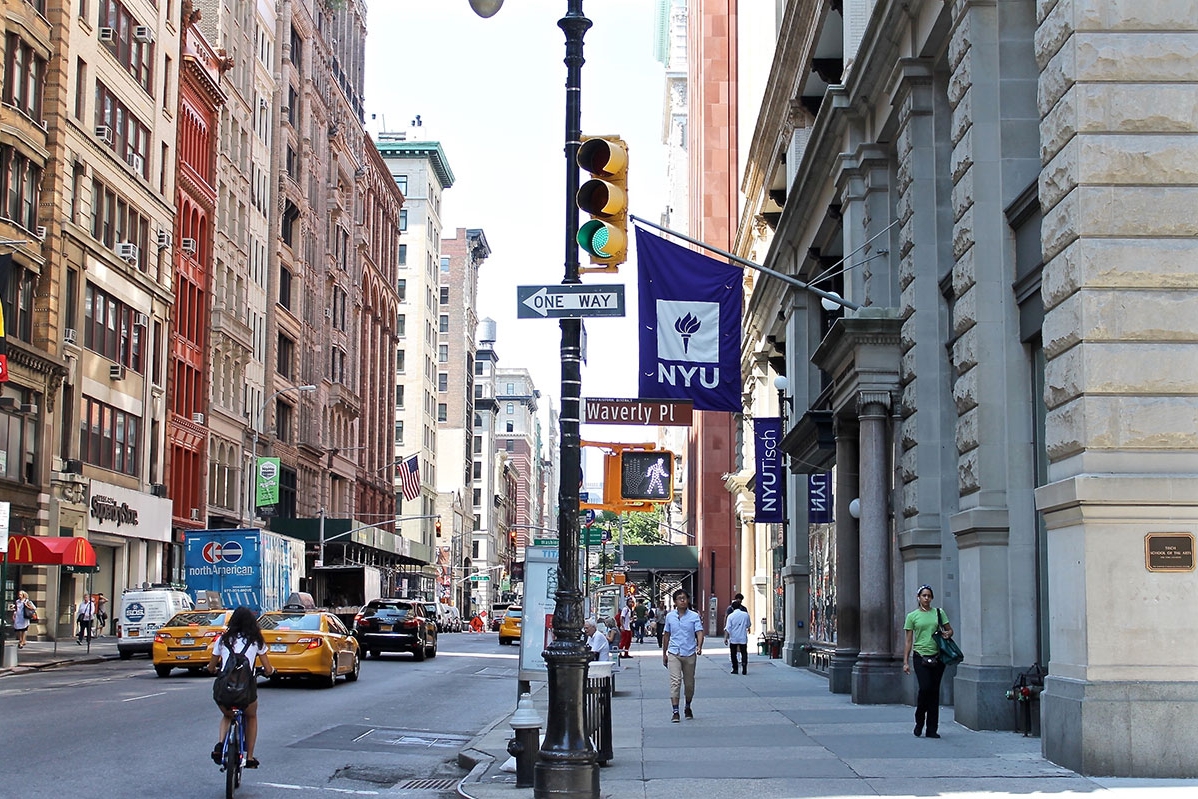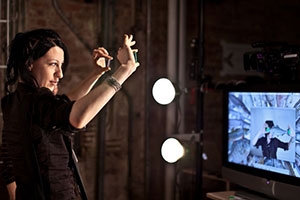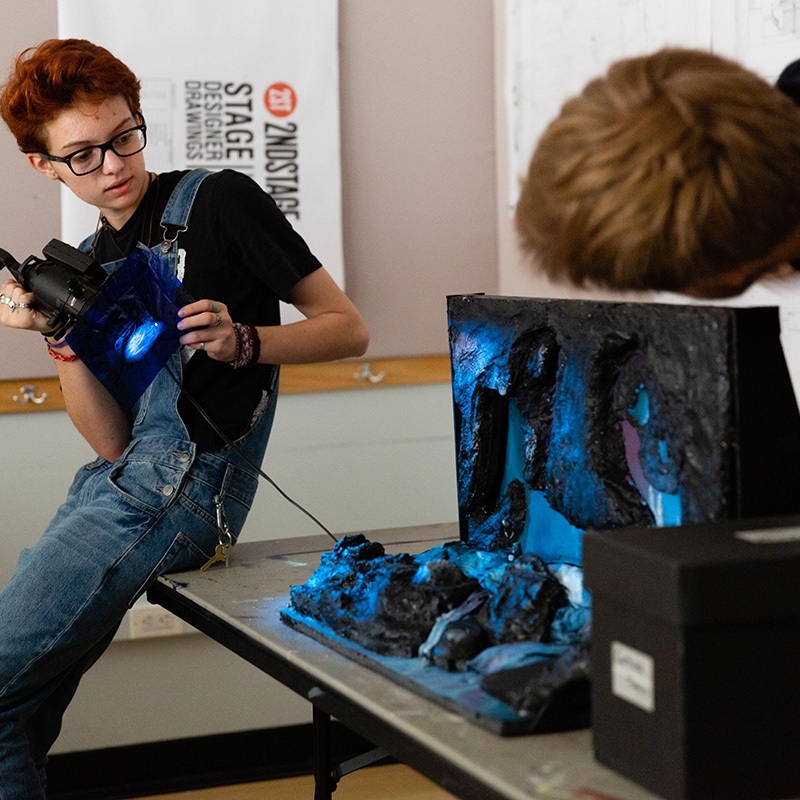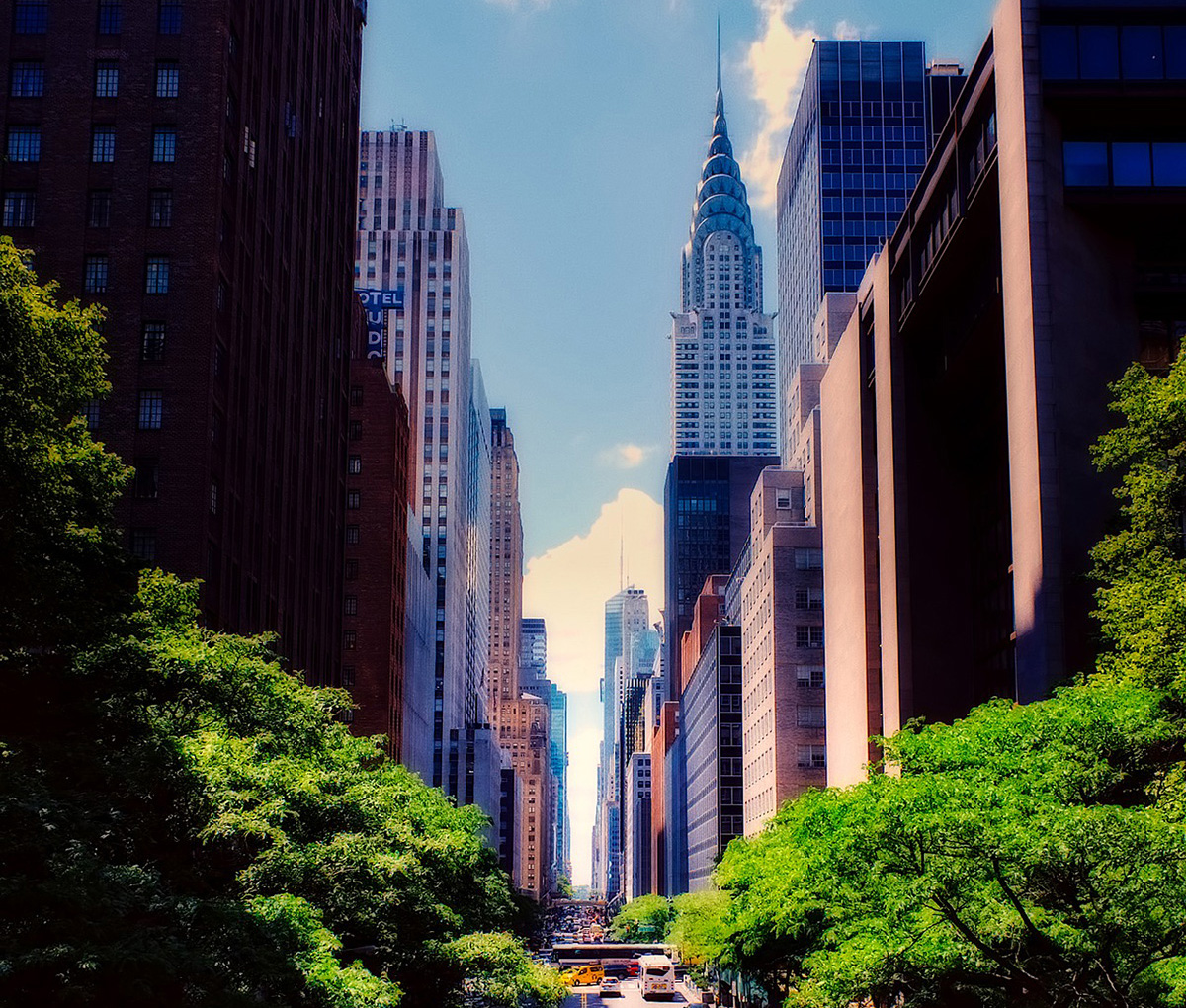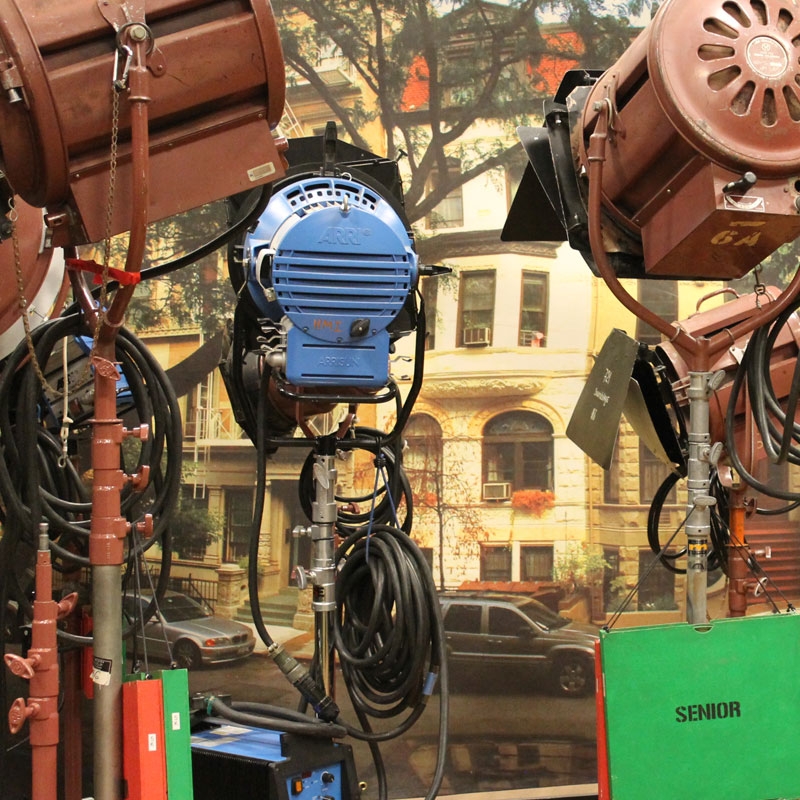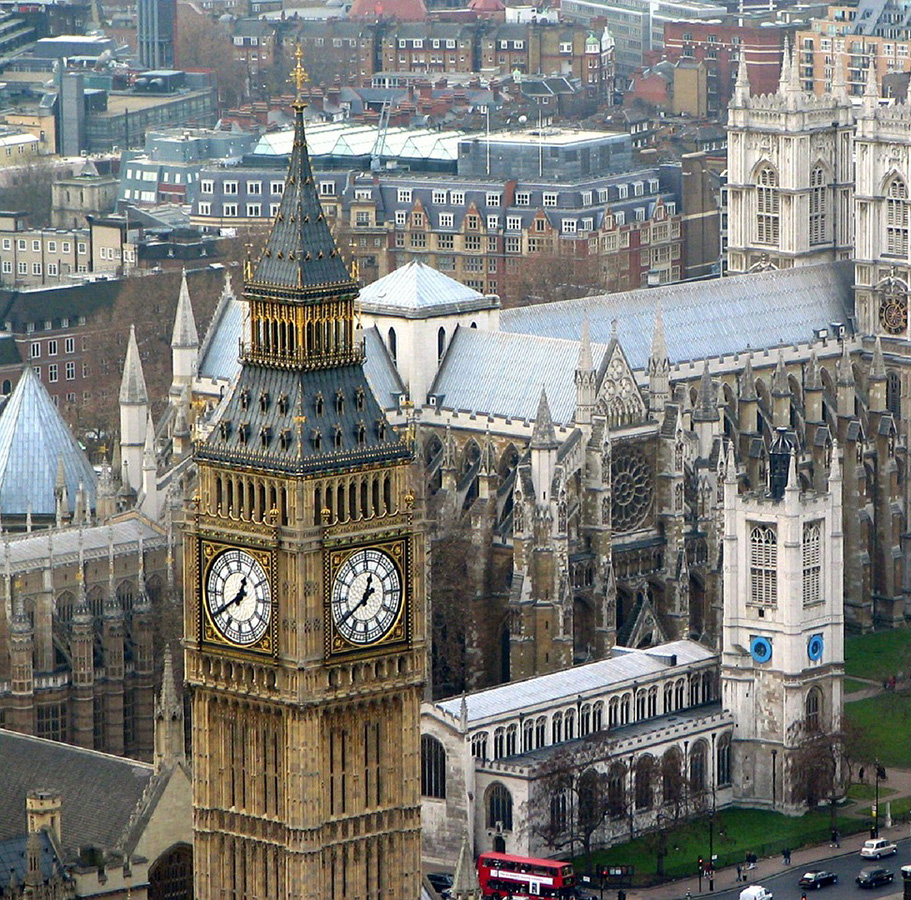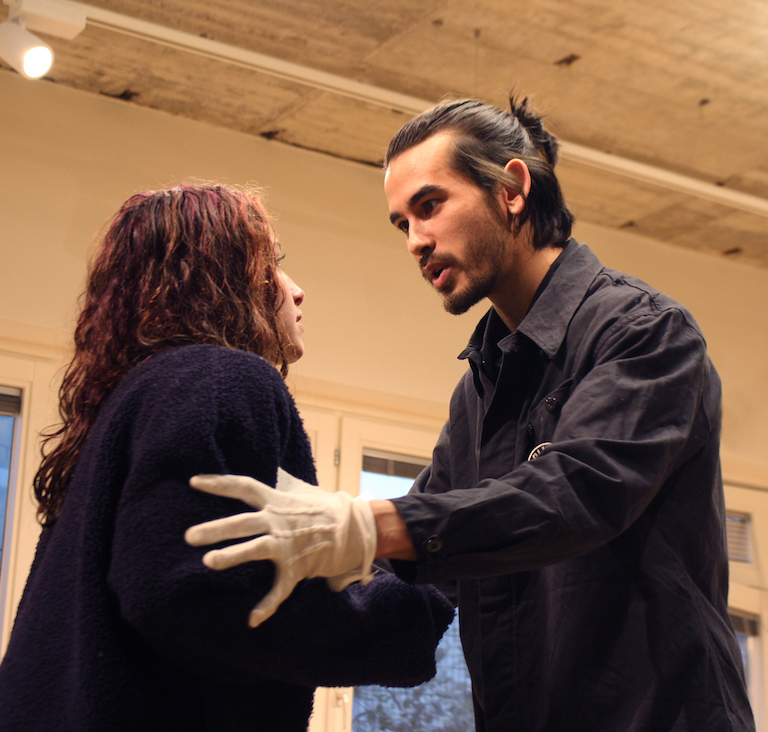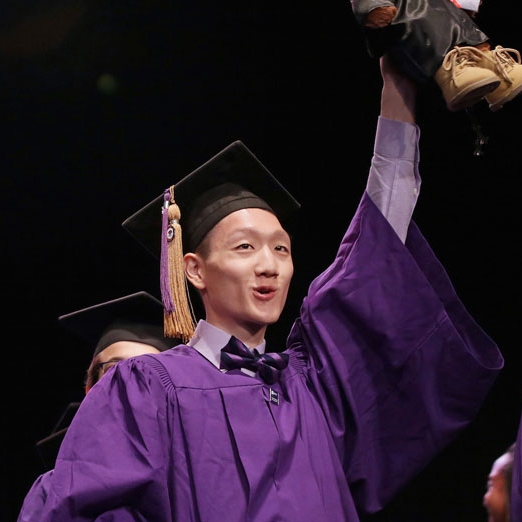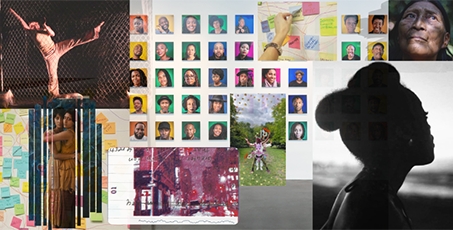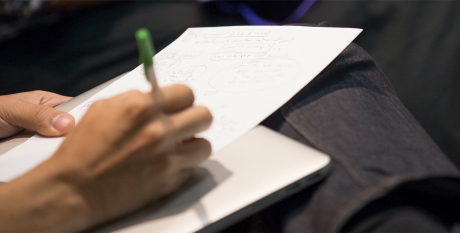Advanced Acting for the Camera
COART-UT 208 / 4 Units
This studio intensive on-camera performance workshop is designed for multidisciplinary artists who want to strengthen skills specifically for acting on camera. The act of being filmed every class gives actors and performers more confidence and prepares them for working in professional settings. Class projects allow for interdisciplinary work incorporating writing, directing, music, animation, and visual arts. Actors work to develop and expand their individual set of acting techniques and technical skills that work best on screen to create specificity in "moment-to-moment being," all of which expands the understanding of the actor’s role in visual storytelling. Students perform analyzed scripted scenes, “cold” reads, and improvize unscripted on-camera exercises. Equal time and energy in this workshop is dedicated to creating new work with two projects: Bio-Pic project, and Fusion Short. The Bio-Pic project is a deep dive into character with each actor choosing a real person they identify with to research, curate, improv, write and portray in short scenes with acting and design support from other students. Fusion Short is a devised short film project. Production teams will develop and film group generated scripts. For each Fusion Short, everyone acts (cameo, supporting or lead) and takes the lead on the creative production team as head writer, director, production design, director of photography. The short is open for fusion: creators may want to interweave other art forms (dance, design elements, music, digital art, etc) into the narrative.
